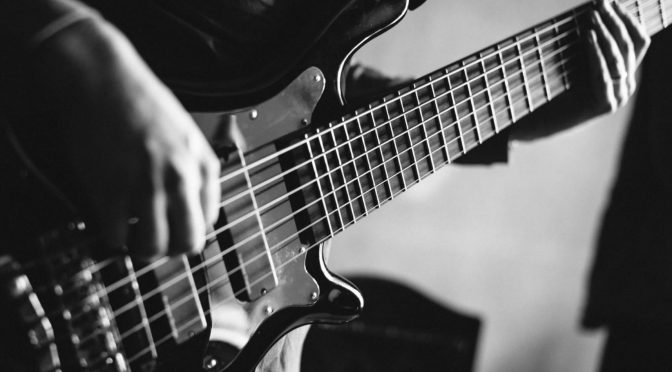Altering the Pentatonic Scale – The Pentatonic Scale in Modern Jazz Part 2 – Bass Practice Diary – 26th May 2020
Recently I’ve been exploring some more advanced applications of the pentatonic scale in modern jazz. This week I’m altering just one note in the pentatonic scale and creating some interesting and versatile jazz sounds. This altered pentatonic scale is still a pentatonic scale, because it has five notes in it. It’s no longer the conventional major or minor pentatonic scale that we all know. But technically a pentatonic scale can be any scale with five different tones in it.
How to alter the pentatonic scale
In the video, I started with the scale C major/A minor pentatonic.

Five notes, E, G, A, C & D. The one alteration was to change A to Ab (or G#). So the altered pentatonic scale contains the notes E, G, Ab, C & D.

I’ve included the chord symbol E7alt because the most obvious application of this scale would be on an E altered dominant chord. The five notes of the scale create a kind of altered dominant arpeggio with Root, 3rd, b7th, #9 and b13.
It encapsulates the sound of an altered dominant chord quite nicely. And the real benefit to using this scale is that the fingerings are very similar to a major or minor pentatonic scale. So if you’re comfortable improvising with the pentatonic scale then this is a small adjustment.
Lydian Augmented Sound
The other way that I would use this altered pentatonic scale, is to create a lydian augmented sound, which is major with #4 and #5. If you take the same five notes E, G, Ab, C & D, and play them over an Ab root note, you get Root, 3rd, #4(#11), #5 & major 7th. It’s a great sound to play on a major 7th chord if you want to play something different to the more obvious major or lydian sounds.

